LATEST INSIGHTS
Your Present Location: LATEST INSIGHTS-
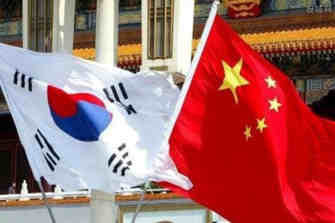
Zhao Minghao: Improving Beijing-Seoul relationship needs continuous efforts
South Korea is seeking to work together with China so as to avoid a further escalation of the tensions which might lead to a hot war. It is still possible to draw North Korea back to the path of dialogue and negotiation.
2017-12-11 -
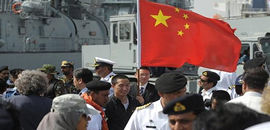
Caution urged for Chinese in Pakistan
Terrorists reportedly have planned to launch a series of attacks on Chinese agencies and personnel in Pakistan in the near future, the Chinese embassy in Pakistan said in an "important security notice" issued on its website on Friday.
2017-12-11 -
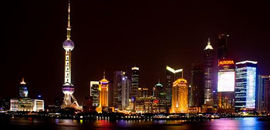
New era to bring chances
More than 180 scholars from 34 countries and regions convened in Shanghai for the opening of the forum, which is themed "China in a New Era". The two-day forum brought voices of Chinese experts from across the globe on what the term "new era" means to the world and to China studies.
2017-12-11 -
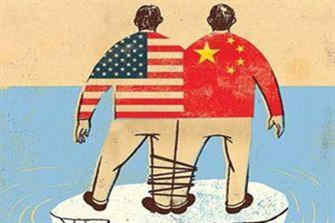
Zhang Jingwei: A Zero Sum Fight
The U.S. has offended almost all of its trade partners under the principle of "America First." China is the only nation that has managed to work with the U.S. and to gain some momentum in bilateral trade
2017-12-11 -
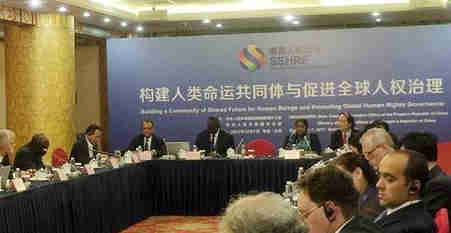
Xi urges global human rights efforts
Chinese President Xi Jinping has called on the international community to respect and reflect the will of the people in developing countries in human rights development in his congratulatory message to the South-South Human Rights Forum, which opened in Beijing Thursday.
2017-12-08 -

China strongly opposes Indian UAV intrusion
The intrusion of an Indian unmanned aerial vehicle (UAV) into Chinese airspace on Thursday has triggered a tough response from China`s military with experts saying China`s tolerance toward India`s hostility is wearing thin.
2017-12-08 -
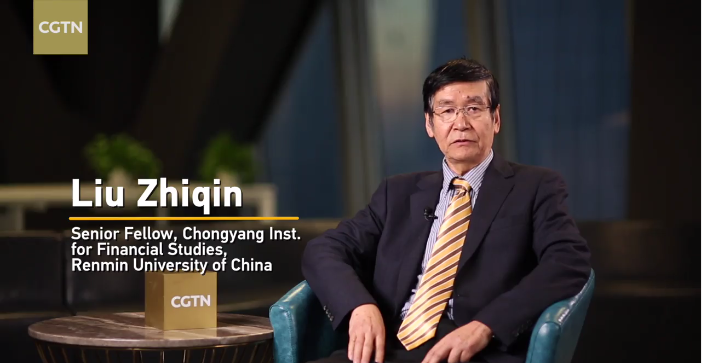
Liu Zhiqin: What impact will US tax reform have on China?
"This tax reform in America should have direct and indirect impacts on China`s trade and industry. But the size and scale of the impact are limited because China has many tools in their financial section that to deal with such reform."
2017-12-08 -

John Ross: The importance of Xi`s speech to international political parties
The speech presented a clear framework for foreign policy and was intellectually profound while it also explained why such a wide range of opinion was represented at the conference.
2017-12-07 -
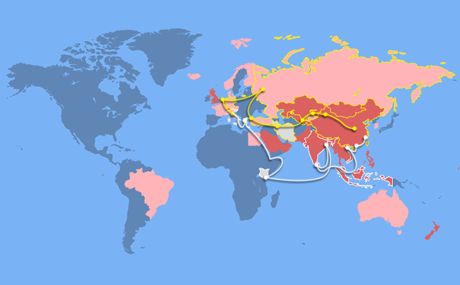
Ding Gang: How can B&R boost local industrialization?
From the current cooperative projects promoted by China, most focus on building infrastructure, such as highways, railways, water conservancy projects and electric power engineering. These projects will form a solid foundation for local economic development.
2017-12-07 -

Financing Belt and Road, opportunities worth over $10t
Chinese banks are looking to tap the opportunities arising from the huge investment and financing demands in the Belt and Road regions, where investors are attracted by the potential of infrastructure and less-developed industries.
2017-12-07 -
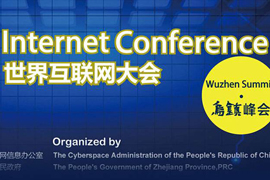
Experts: Internet should unite, not divide, China, US
China and the United States should take measures to ensure that the internet unites rather than divides the two countries and refrain from "arms race" in the cyberspace, according to scholars and experts attending a forum during the 4th World Internet Conference.
2017-12-06 -
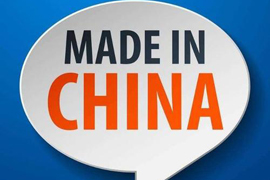
Survey shows consumers confident in Chinese products
A survey conducted by the China Youth Daily on Tuesday showed 84.1 percent of respondents were confident in the development of Chinese products.
2017-12-06 -
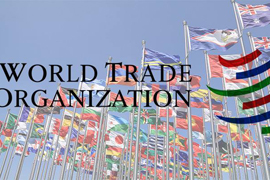
Why the U.S. rejection of China`s market economy status is wrong
The United States is throwing cold water on the growing geniality of trade relations between itself and China with its rebuke of the latter`s bid for recognition as a market economy in the World Trade Organization (WTO).
2017-12-06 -

China`s Internet remains open despite management
In a congratulatory letter to the 4th World Internet Conference, Chinese President Xi Jinping said China hopes to work with the international community to respect cyberspace sovereignty and carry forward the spirit of partnership to commonly advance development, safeguard security, participate in governance, and share the benefits.
2017-12-05 -

Digital economy set to play greater role
With its theme of "Developing Digital Economy for Openness and Shared Benefits-Building a Community of Common Future in Cyberspace", the Fourth World Internet Forum in Wuzhen, Zhejiang province, has attracted worldwide attention.
2017-12-05 -

Juvenile protection online a top priority
The internet has many positive effects on juveniles during their growing up, but we have also seen some problems such as the negative information and individual information leaking, which makes the protection of minors an imminent task.
2017-12-05 -
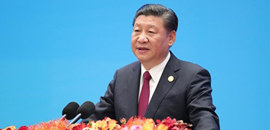
Xi offers model for governance
Xi Jinping, general secretary of the Communist Party of China (CPC) Central Committee, proposed Friday to develop a new model of party-to-party relations, in which political parties would seek common ground while shelving differences, respecting and learning from one another
2017-12-04 -
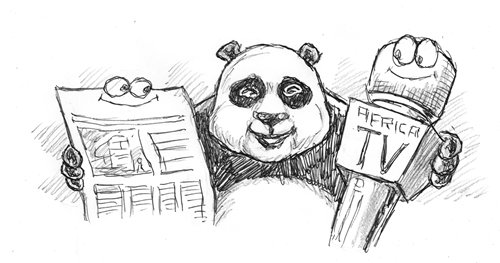
Cheng Cheng: Chinese firms must take longer-term view on Africa
In recent years, owing to the Belt and Road (B&R) initiative and 10 major programs announced by China in 2015 to boost China-Africa cooperation, sub-Saharan Africa has become a hot investment destination for Chinese businessmen.
2017-12-04 -
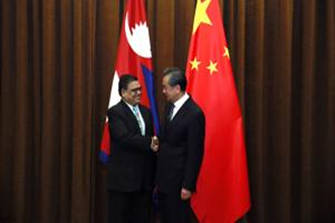
Liu Zongyi: China hopes to get past obstacles in Nepal economic ties
Bilateral relations between China and Nepal have developed well, regardless of which party is in power in Nepal. Nepal`s openness to foreign direct investment (FDI) is high. It held an investment summit in March this year, and in May, Nepal and China sighed a framework agreement on China`s Belt and Road (B&R) initiative.
2017-12-04 -

Dong Ximiao: Uncertainties of overseas markets may transmit P2P risks back to China
A number of Chinese peer-to-peer (P2P) lending companies went public in the US this year. As they go public overseas, it creates potential risks that may eventually affect China`s financial stability. Supervision is needed to bring the P2P lending sector in order.
2017-11-30







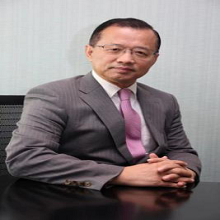

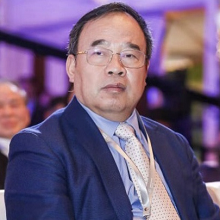

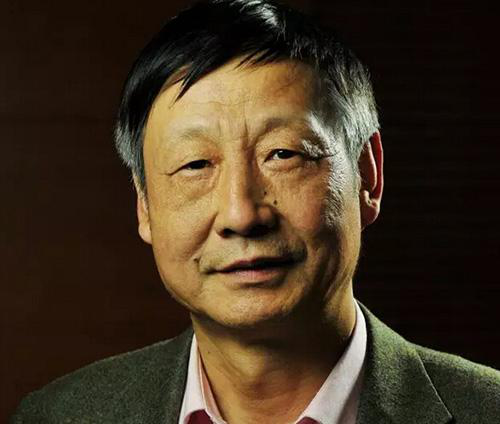

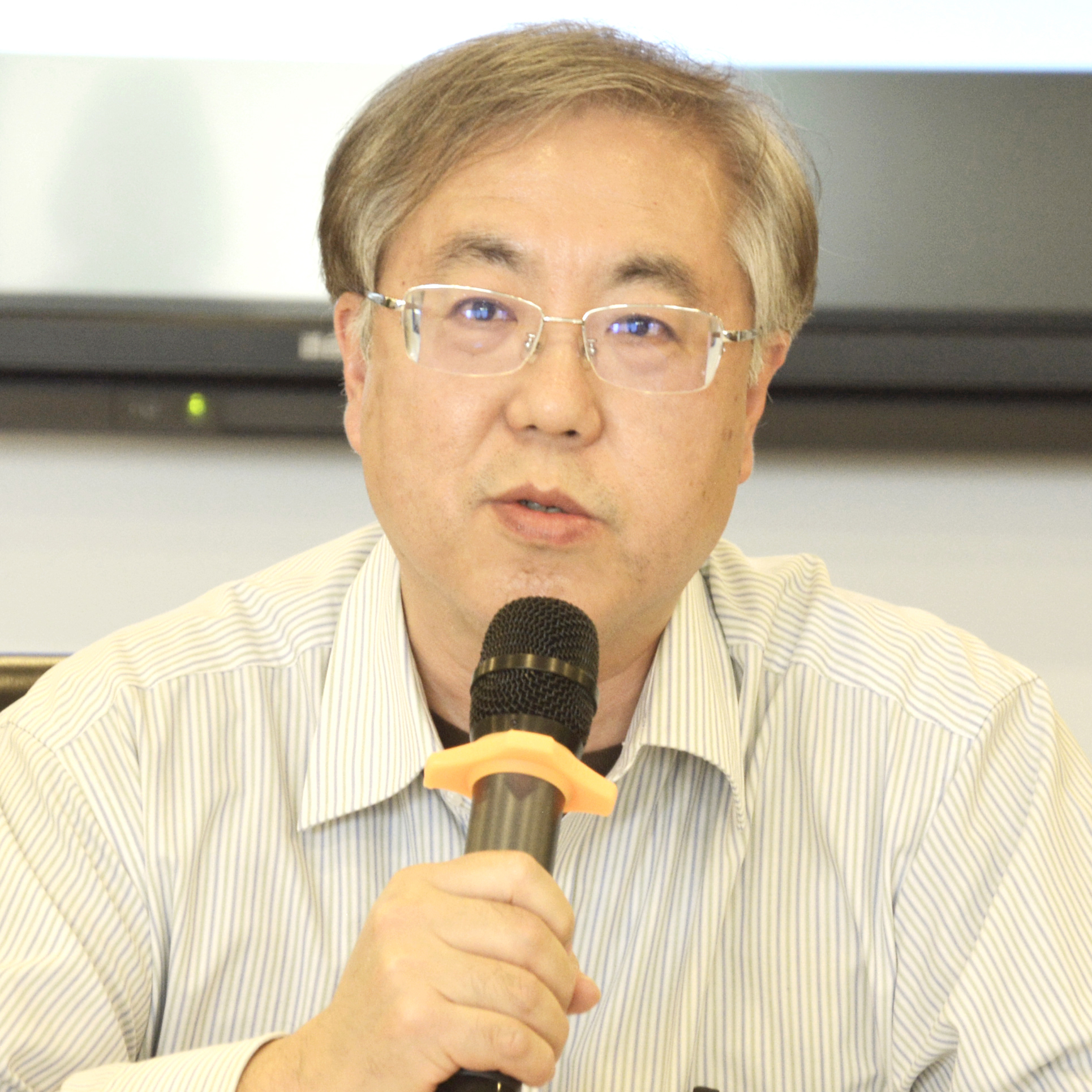

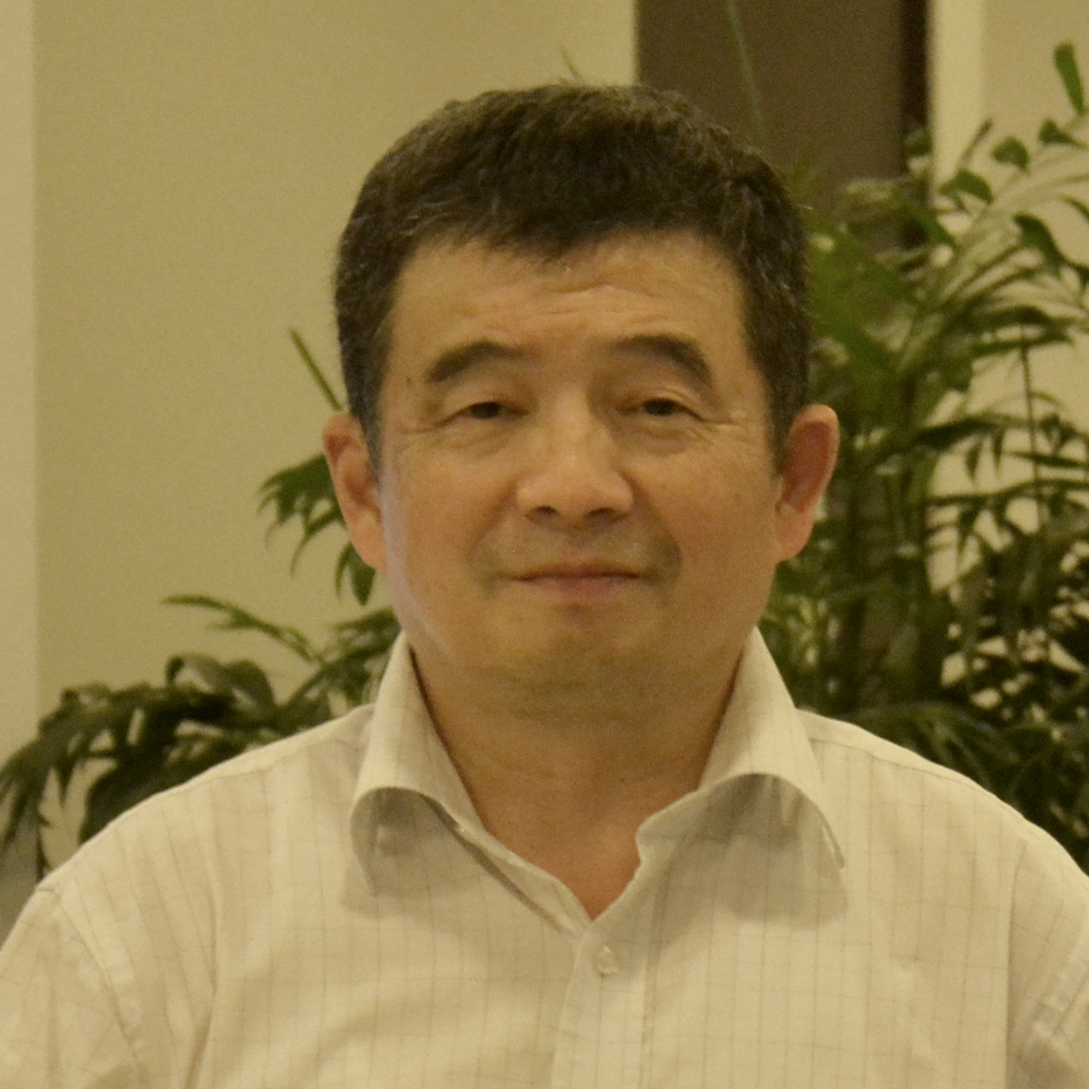
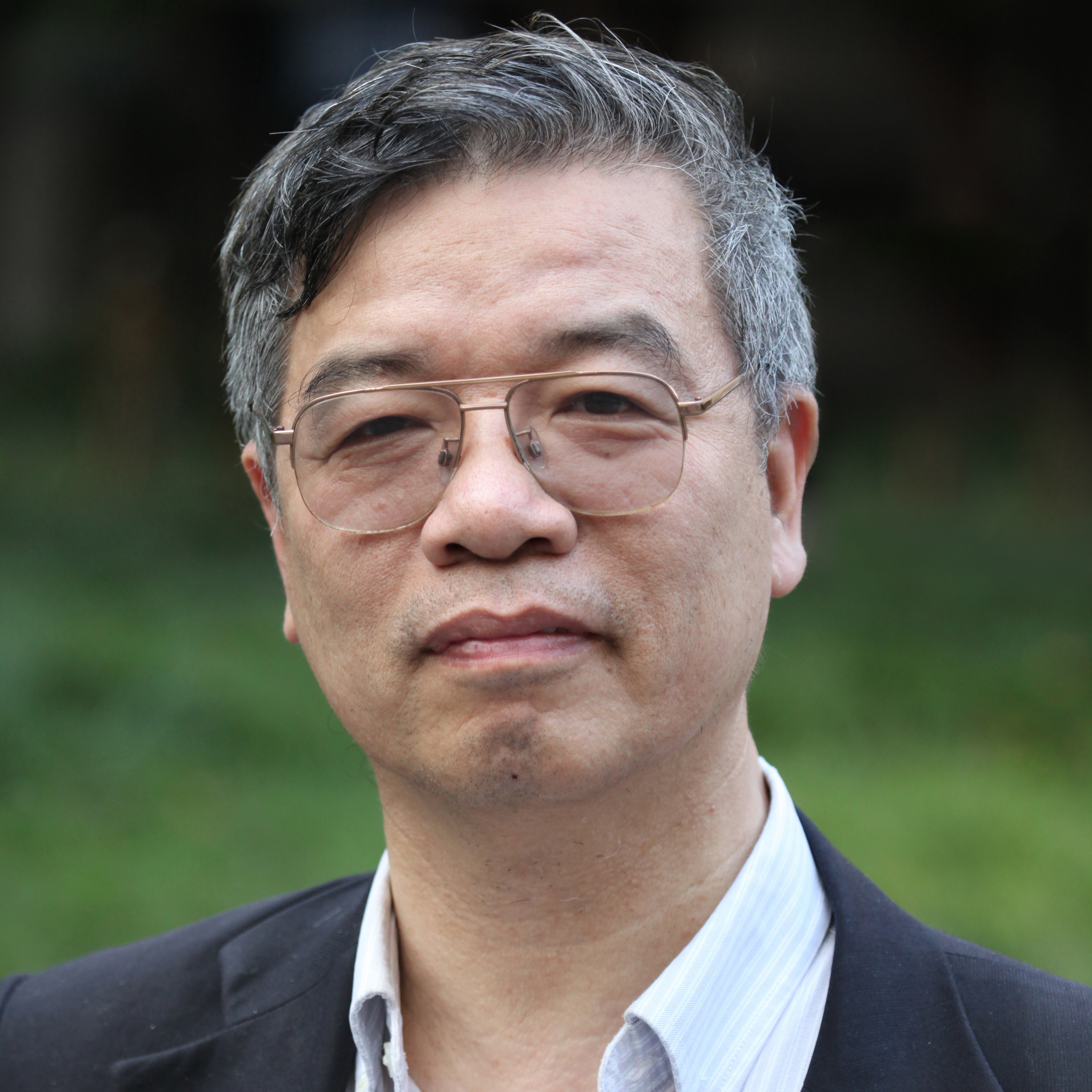
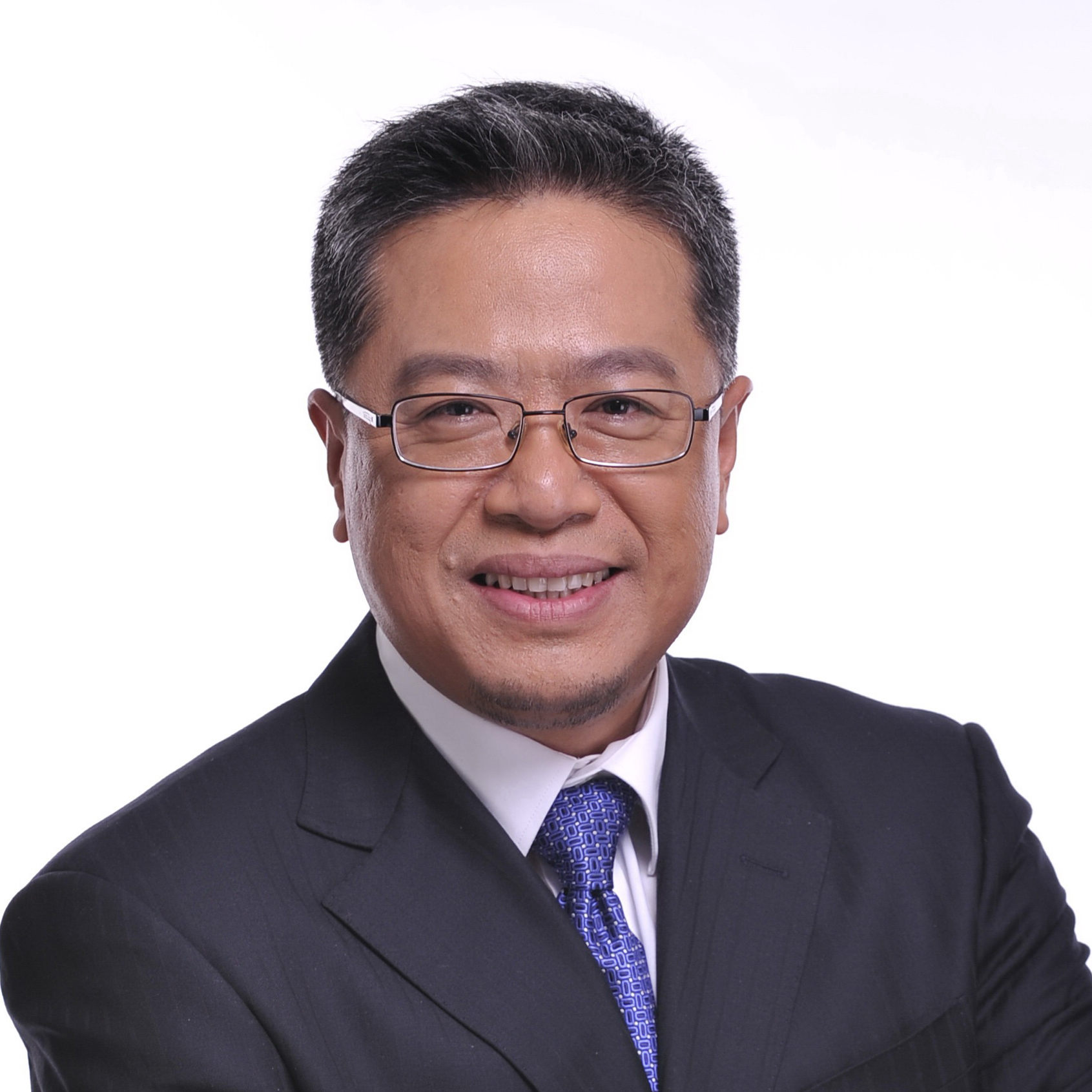
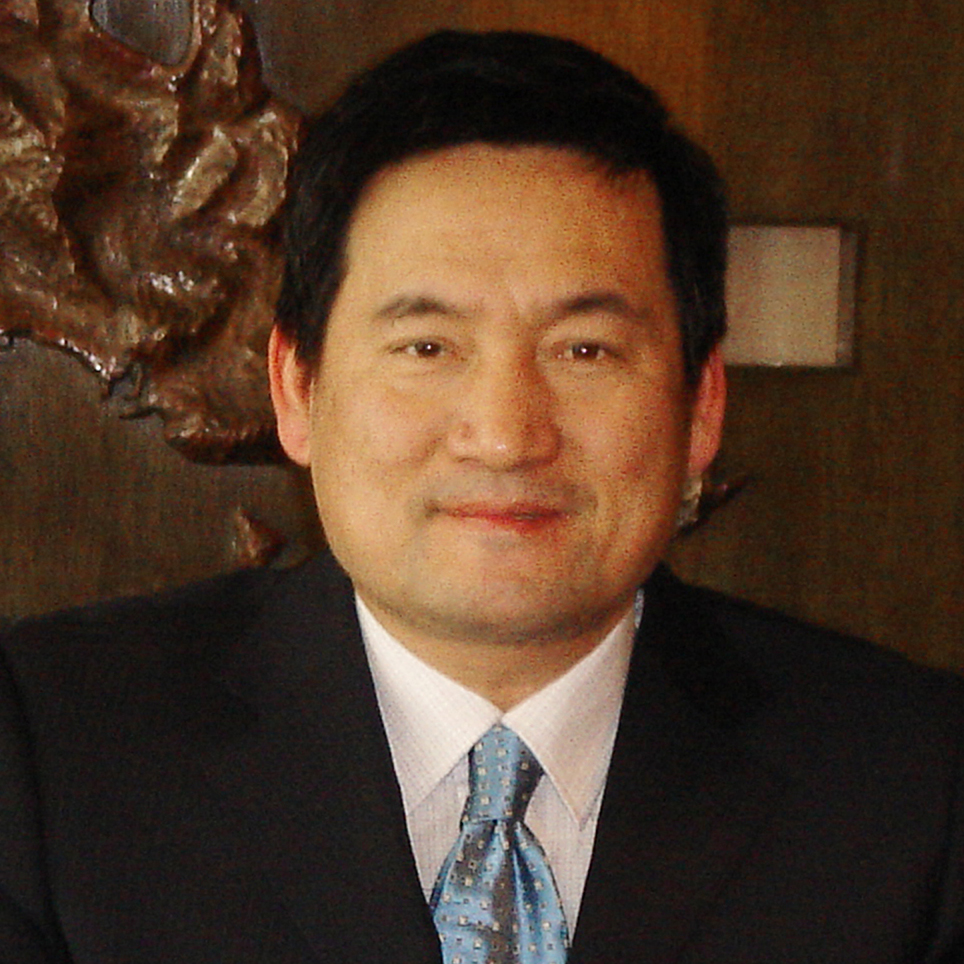






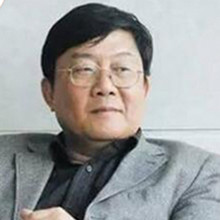



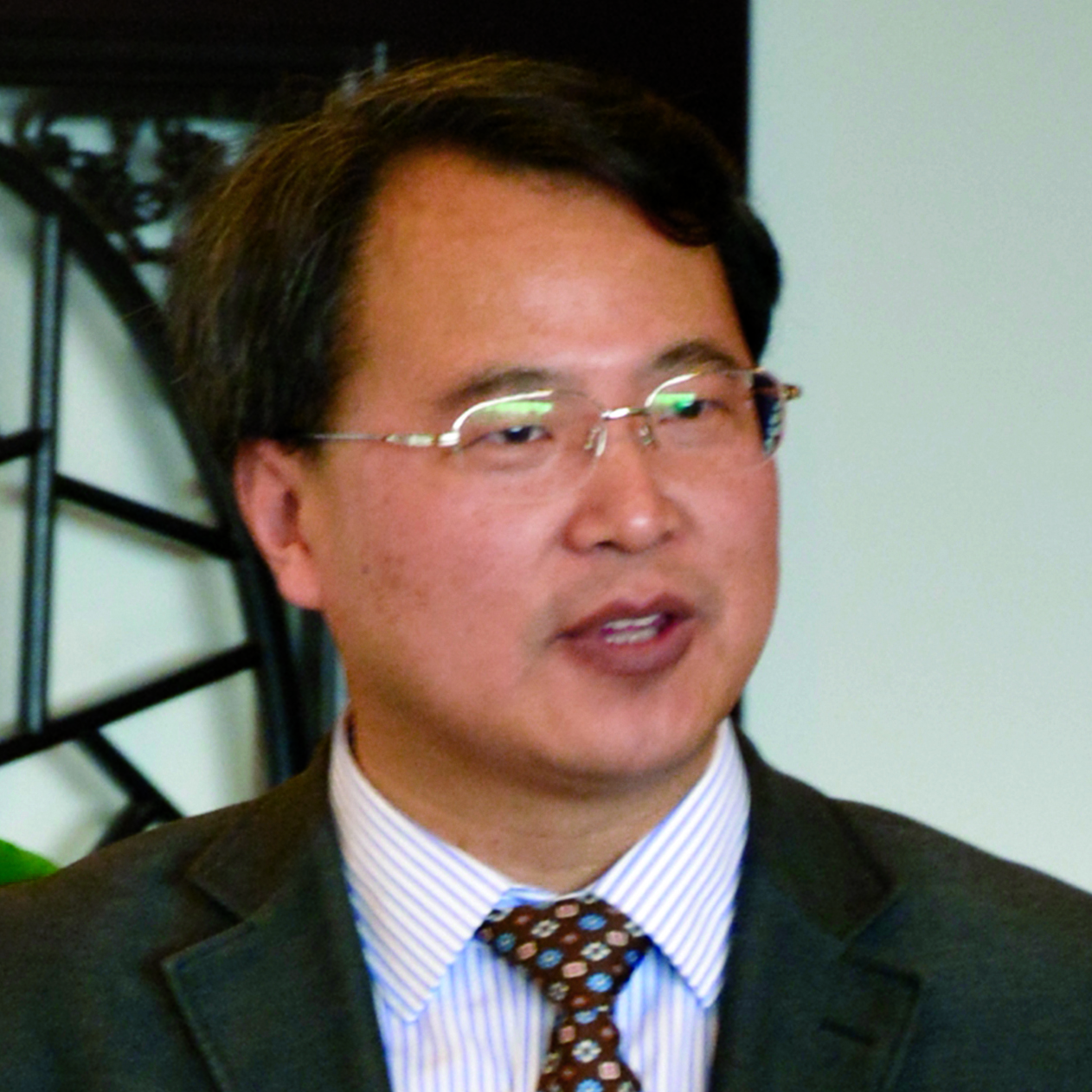
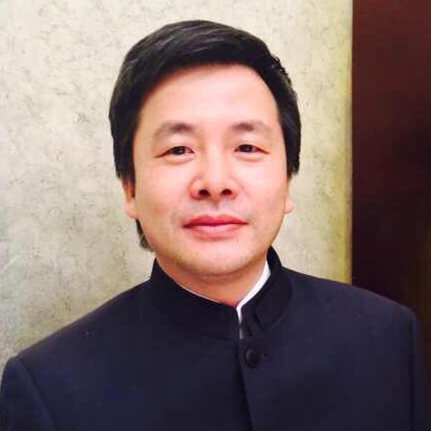
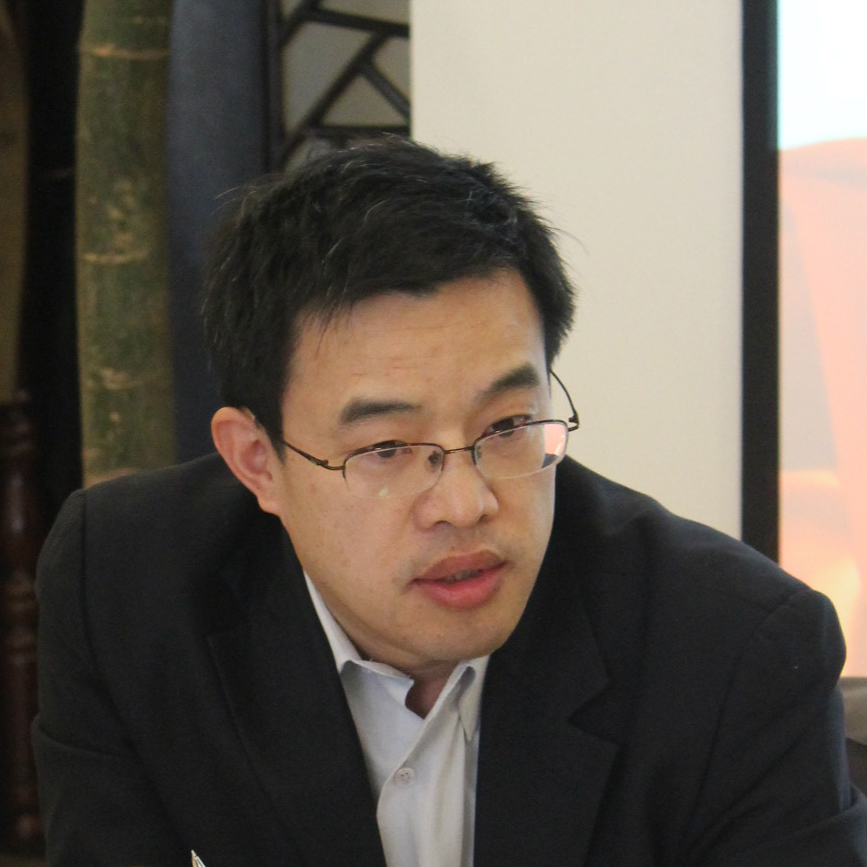
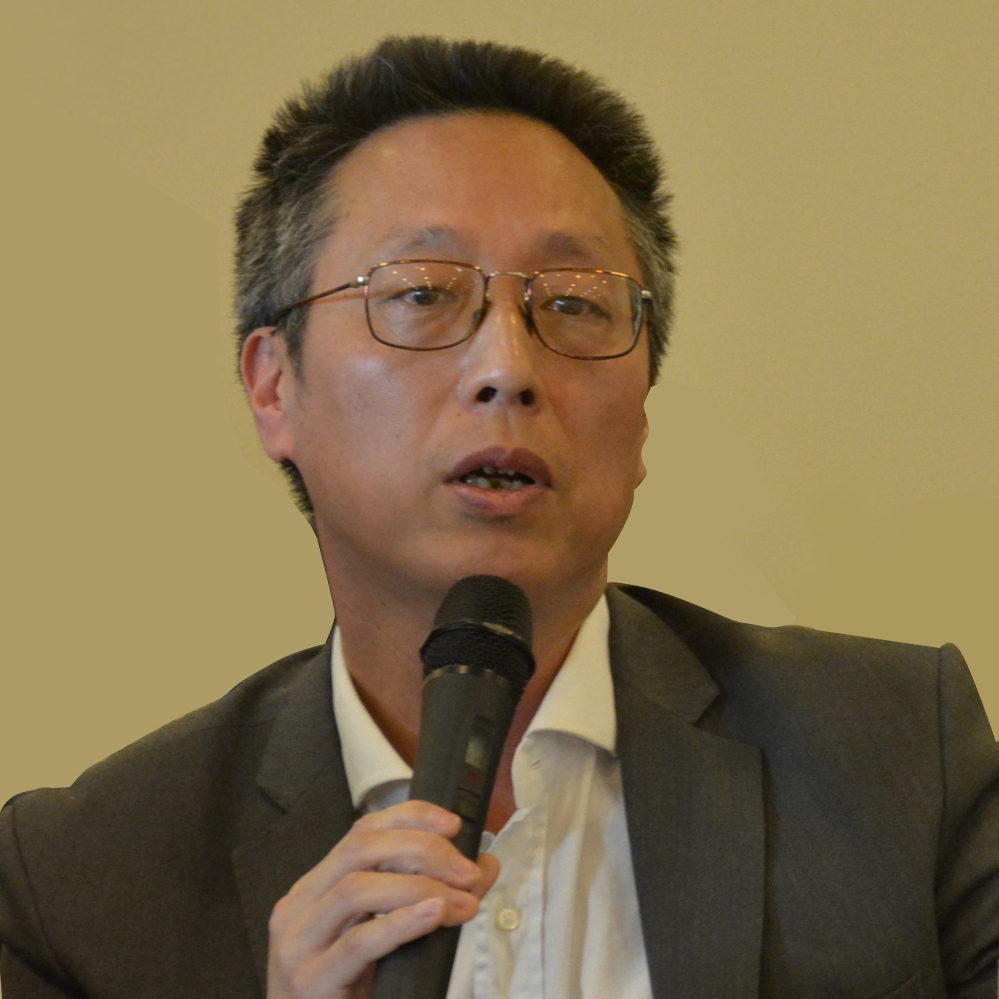


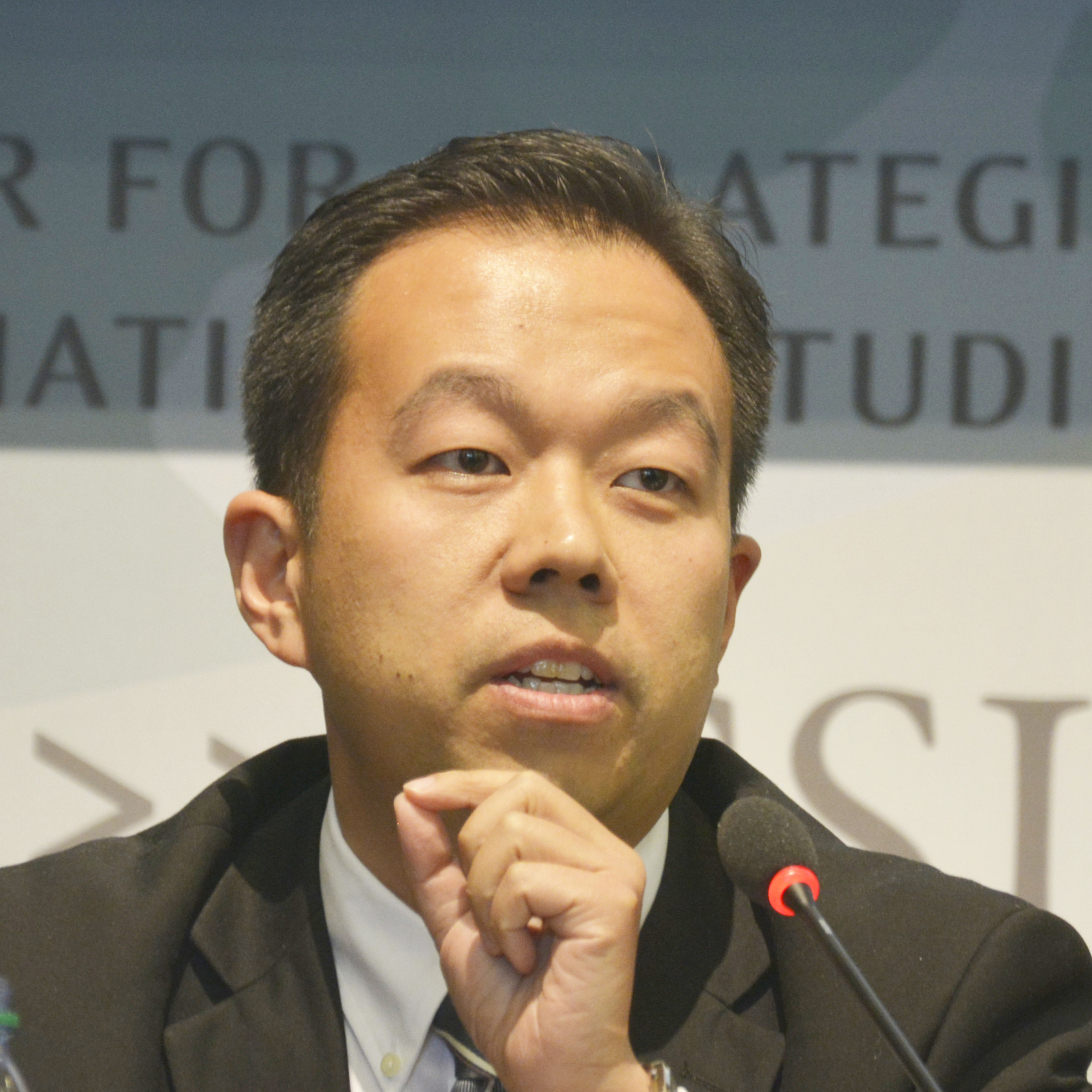
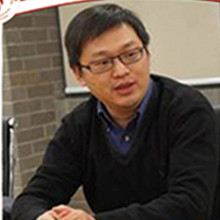
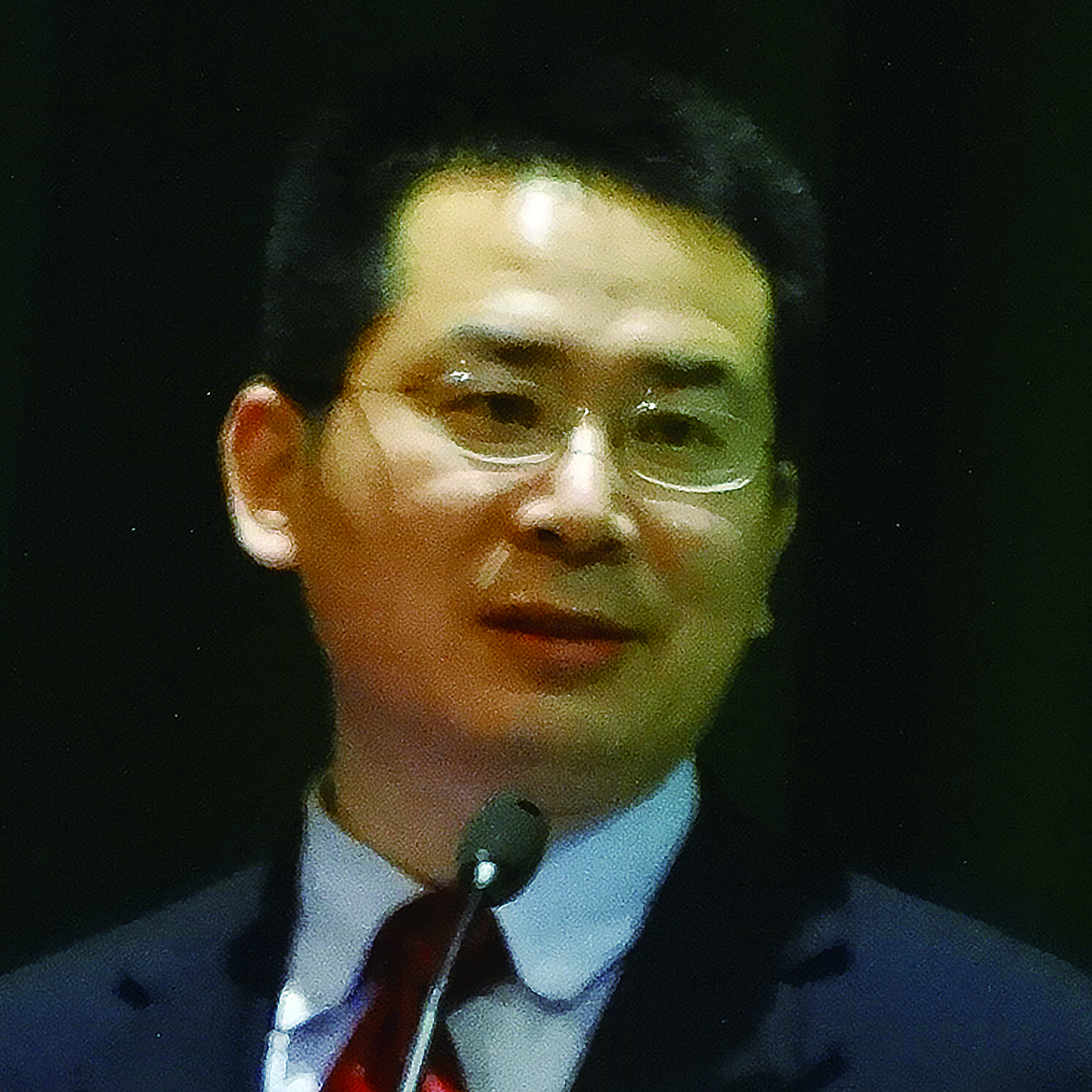
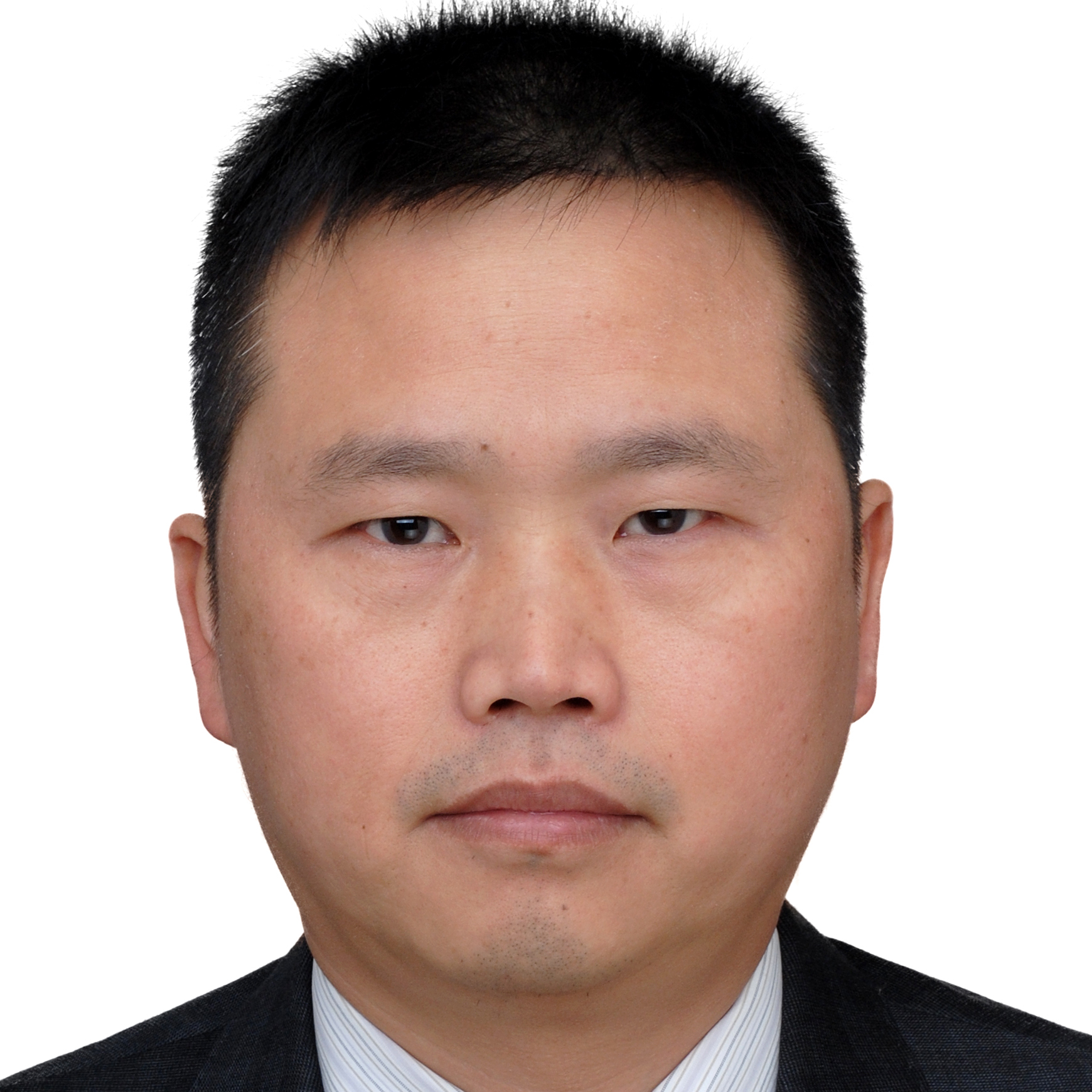


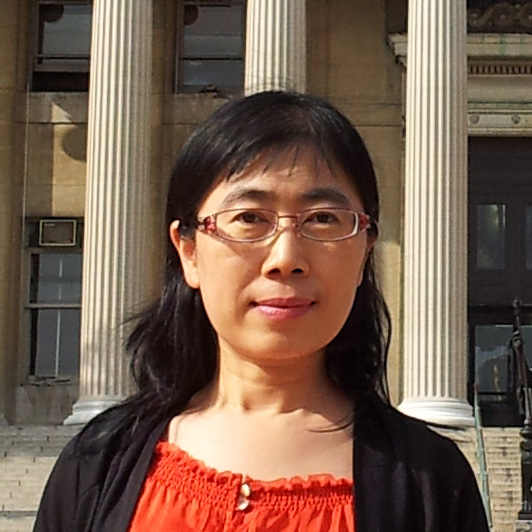



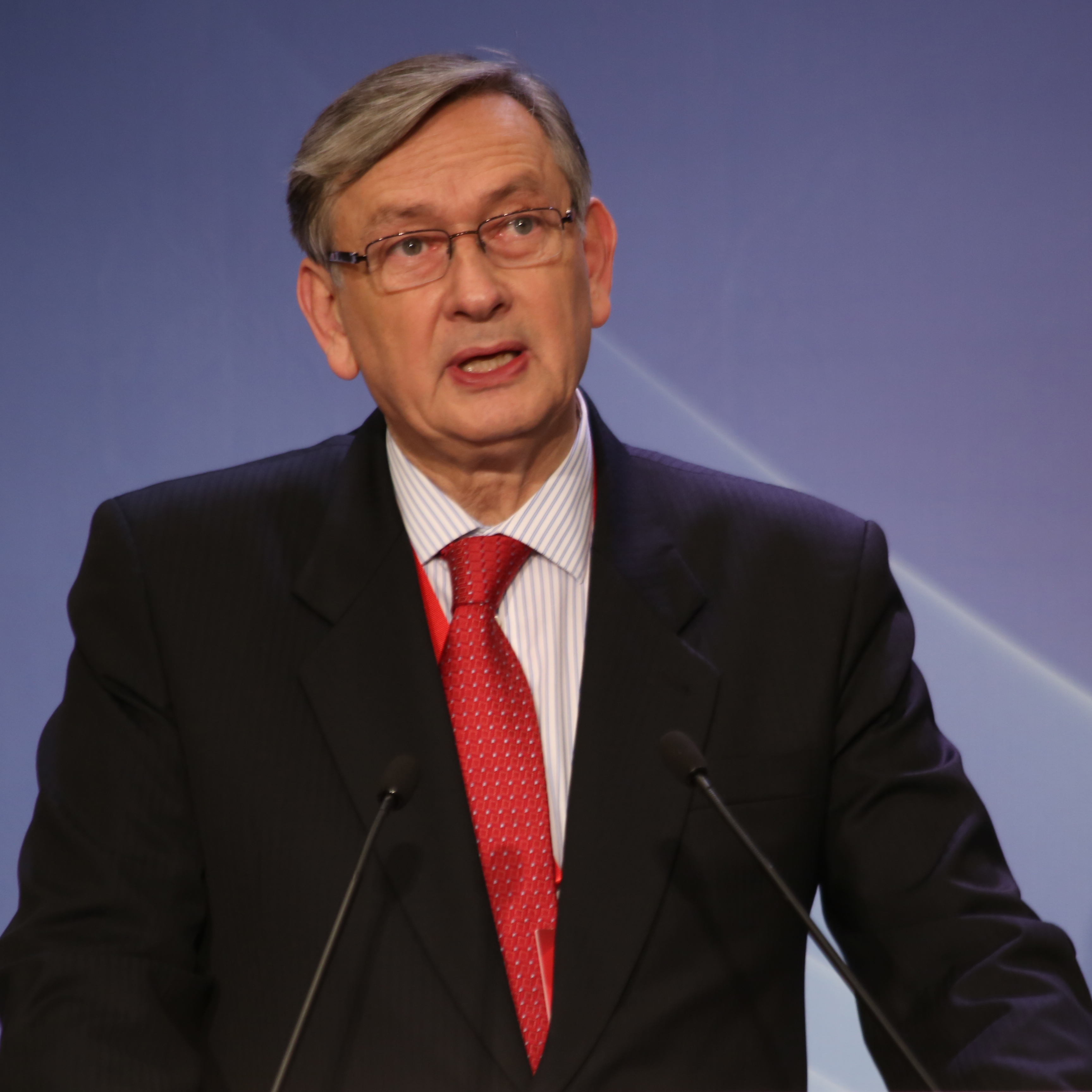

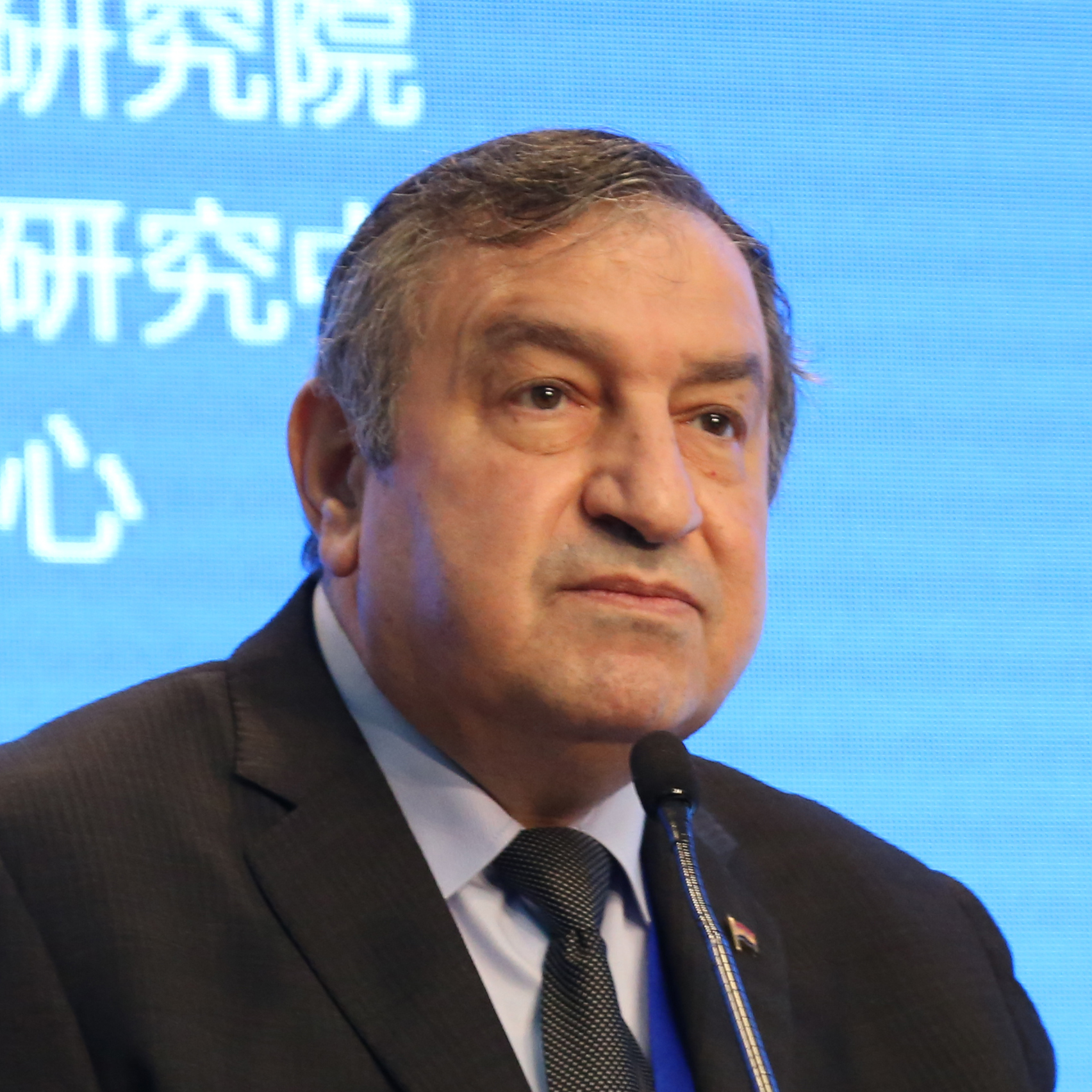

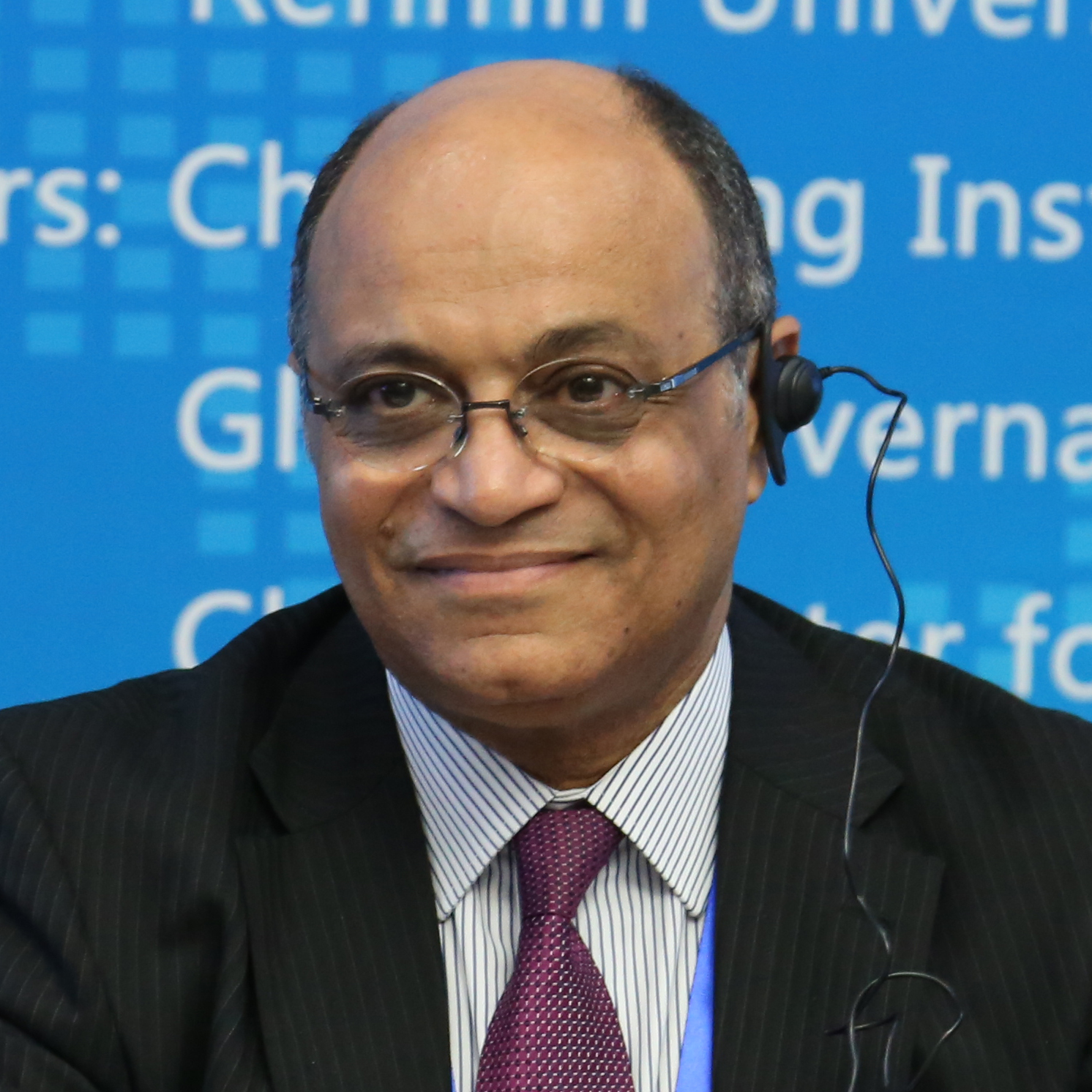













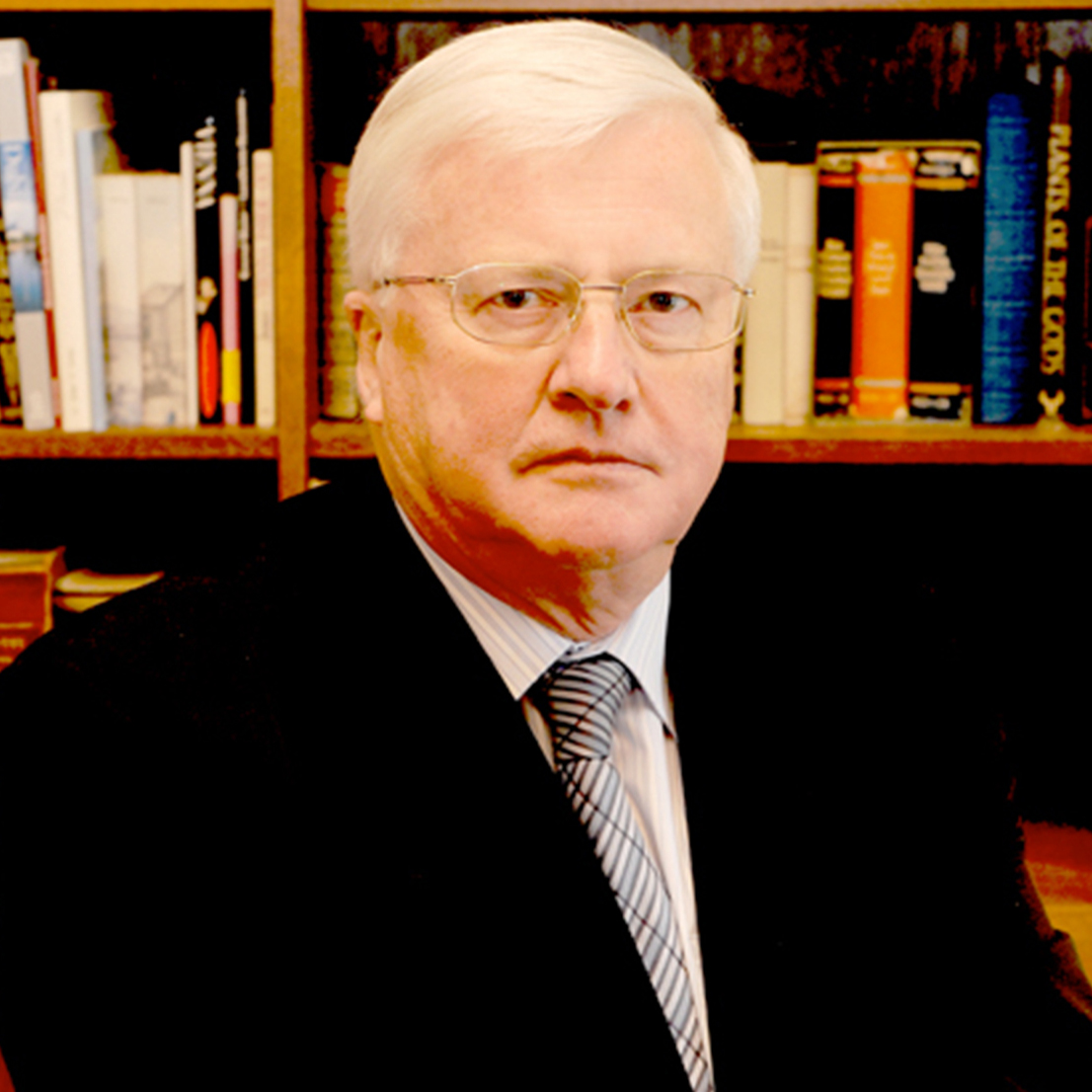
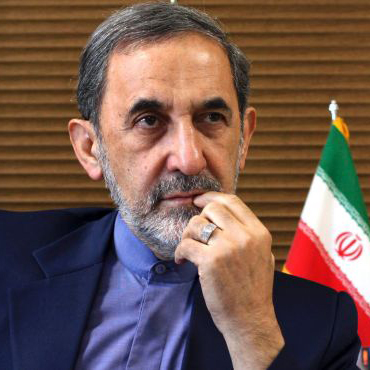

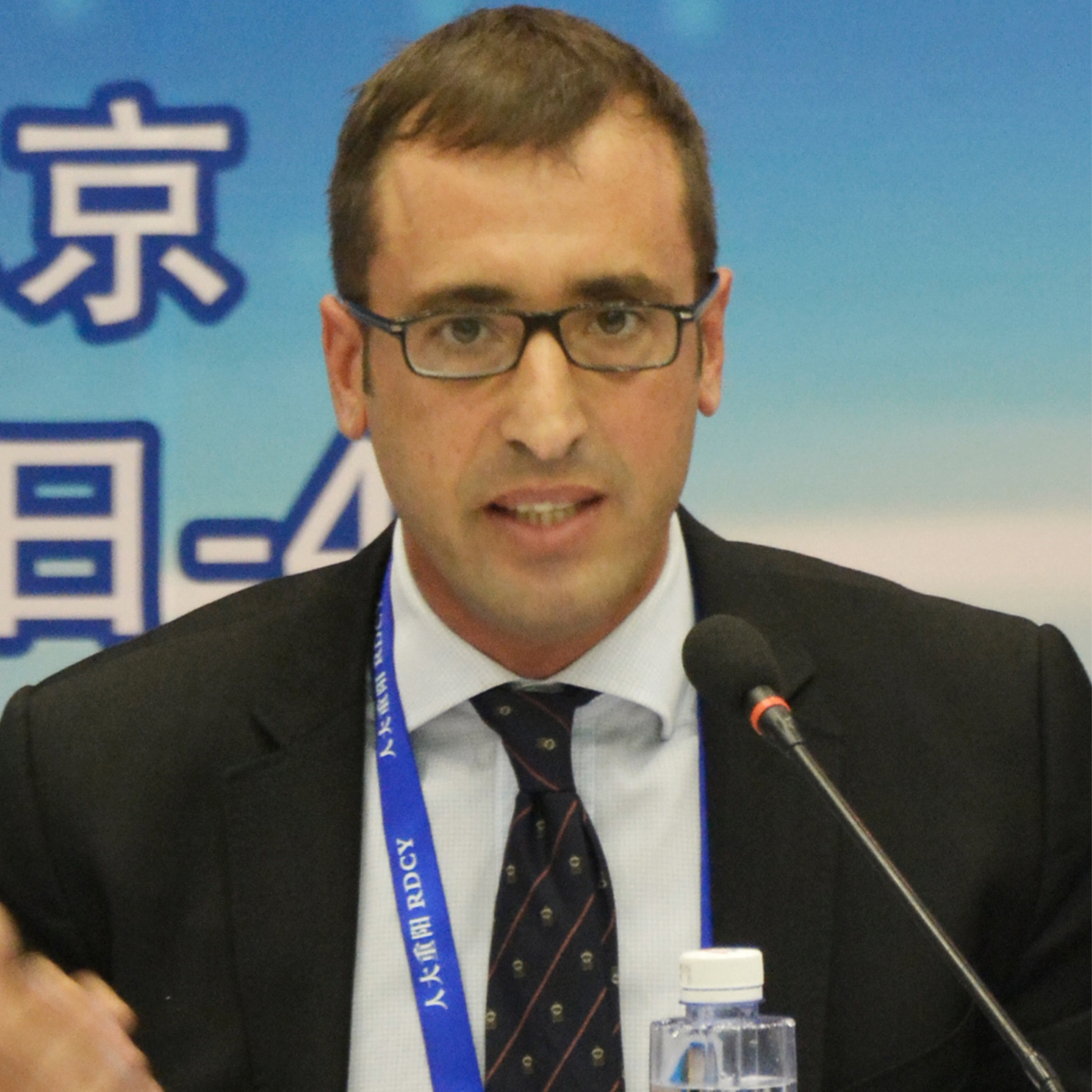


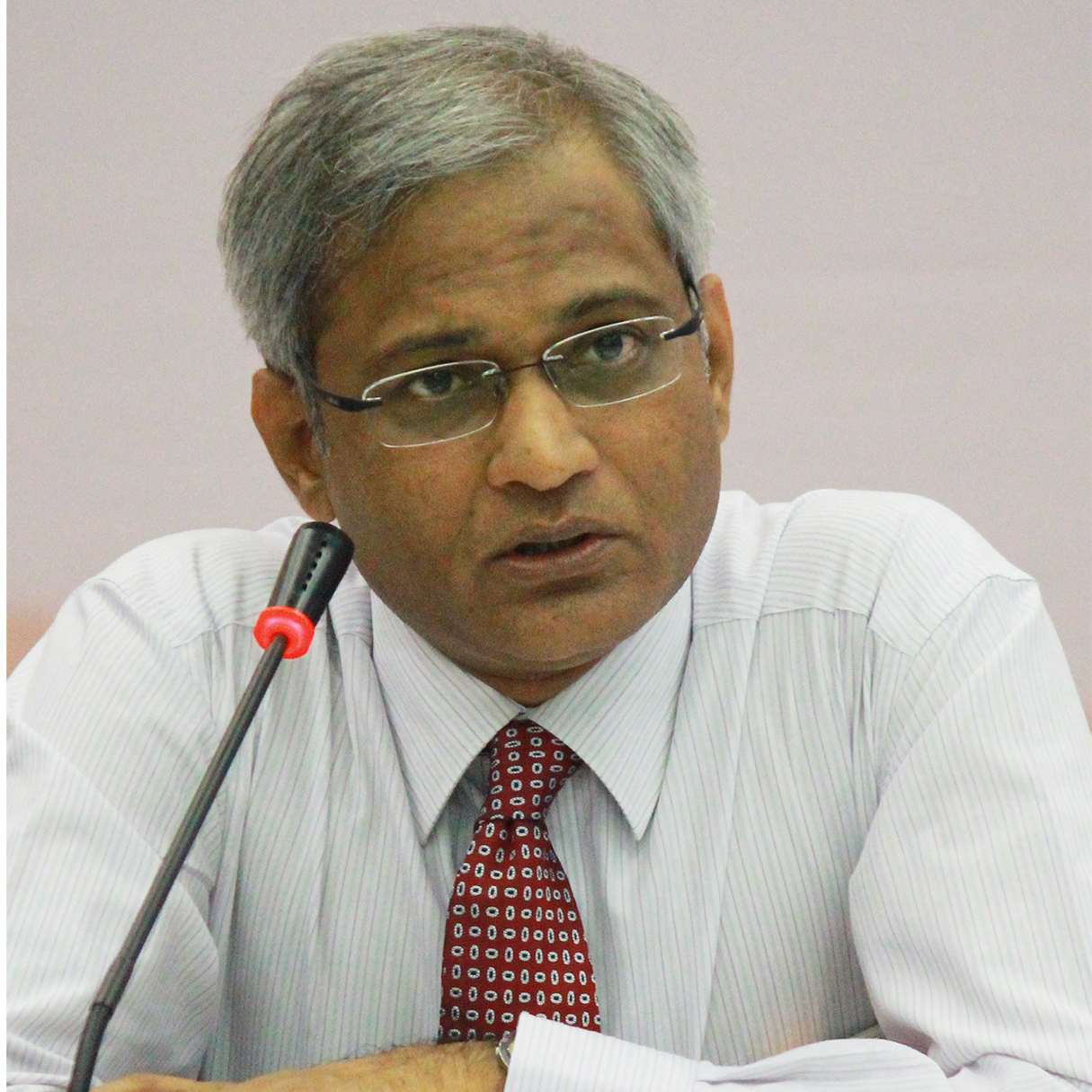
















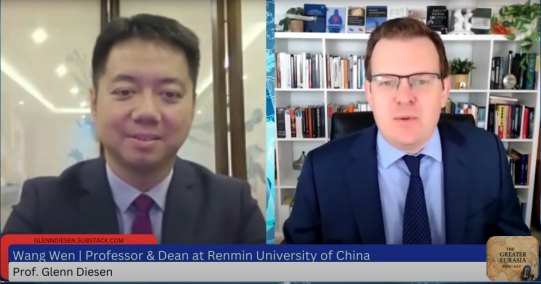
 京公网安备 11010802037854号
京公网安备 11010802037854号





